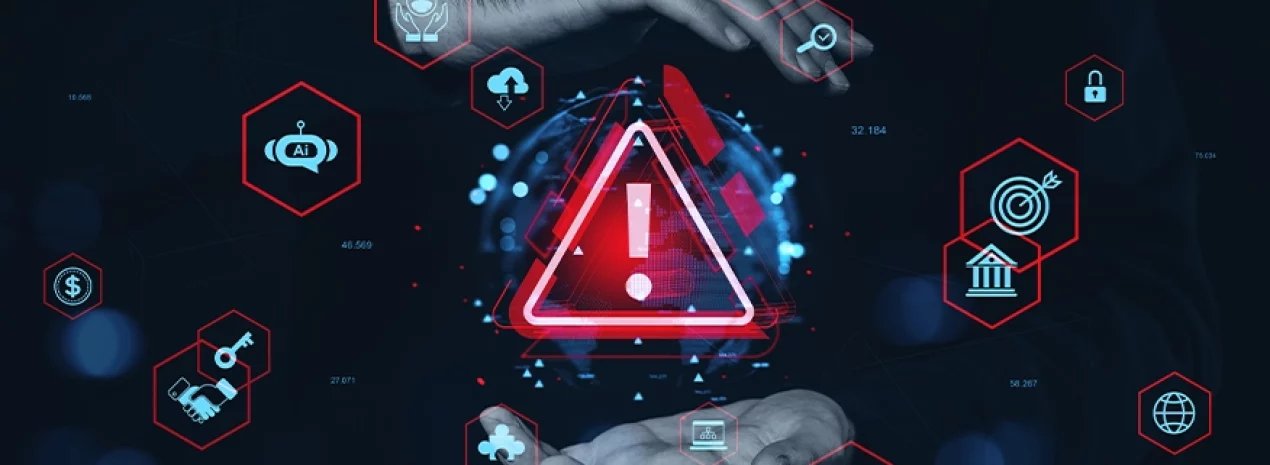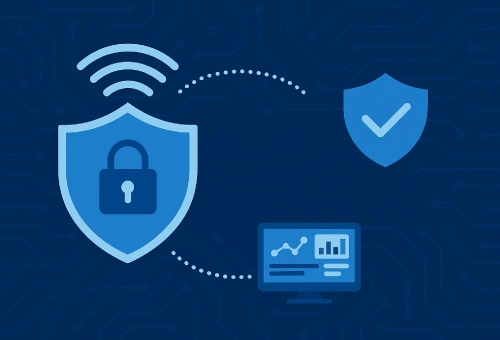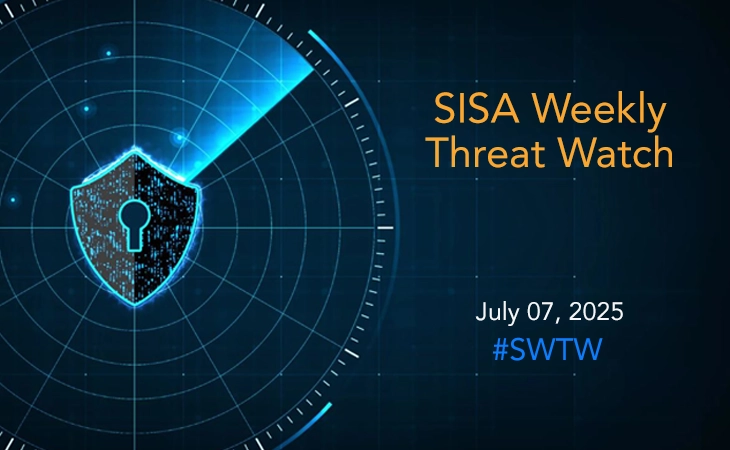
What Is IoT Attack Simulation? And Why Does It Matter In 2025
The Internet of Things (IoT) connects billions of devices, from factory sensors to medical equipment, driving efficiency across industries. Yet, these devices expand the attack surface, making IoT cybersecurity a pressing concern in 2025. IoT attack simulation offers a proactive way to test and strengthen defenses against real-world threats. This blog explains what IoT attack simulation is, how it works, and why it’s essential for securing connected systems.
What Is IoT Attack Simulation?
IoT attack simulation is a controlled process that mimics cyber threats targeting IoT devices, networks, and systems to evaluate an organization’s security posture. By replicating the tactics, techniques, and procedures (TTPs) of attackers, it identifies vulnerabilities before they can be exploited. Unlike traditional assessments, simulations focus on realistic scenarios, such as botnet attacks or data breaches, tailored to IoT’s unique challenges, like weak device authentication or unpatched firmware.
Simulations use tools like Breach and Attack Simulation (BAS) platforms, which automate tests across networks, endpoints, and email systems. These tools draw from updated threat libraries, including MITRE ATT&CK, to emulate attacks like malware injection or lateral movement, ensuring relevance to current risks.
How Does IoT Attack Simulation Work?
IoT attack simulations follow a structured process to test defenses safely and effectively:
- Threat Profiling: Analyze the organization’s IoT environment (e.g., healthcare, manufacturing) to identify likely threats, such as botnets targeting industrial IoT or phishing aimed at smart devices.
- Scope Definition: Set boundaries, like which IoT devices (sensors, gateways) or network segments to test, avoiding disruption to critical operations.
- Objective Setting: Define goals, such as testing for unauthorized access to a digital twin or data exfiltration from a smart camera.
- Planning: Select tools (e.g., MITRE Caldera, Picus BAS) and TTPs (e.g., exploiting default credentials) based on the threat profile.
- Execution: Run the simulation, adapting to findings, like discovering a vulnerable edge device, to mimic real attacker behavior.
- Reporting: Document vulnerabilities, attack paths, and mitigation steps, guiding improvements to security controls.
This process tests controls like firewalls, intrusion detection systems, and endpoint protection, revealing gaps in IoT-specific defenses.
Why IoT Attack Simulation Matters in 2025
In 2025, IoT’s growth—spanning smart cities, healthcare, and manufacturing—amplifies security risks. Attack simulations are critical for several reasons:
- Addressing Evolving IoT Threats: IoT devices face increasing attacks due to their weak security and connectivity. For example, botnets like Mirai have exploited routers and cameras for massive DDoS attacks, while compromised medical devices threaten patient safety. Simulations identify vulnerabilities, such as default passwords or unencrypted data, before attackers exploit them.
- Supporting Advanced IoT Trends: Trends like AI integration, edge computing, 5G, and digital twins drive IoT innovation but introduce new risks. Edge devices processing sensitive data locally are vulnerable to interception, while 5G’s speed enables rapid data exfiltration. Simulations test these technologies’ security, ensuring robust protection as adoption grows.
- Enhancing Compliance: Regulations like GDPR, NIST SP 800-213, and CERT-In mandates require secure IoT deployments. Simulations help organizations validate compliance by testing controls against regulatory standards, reducing the risk of fines or reputational damage.
- Strengthening Incident Response: Simulations improve response strategies by exposing weaknesses in detection and mitigation. For instance, testing a ransomware scenario on industrial IoT devices prepares teams to isolate breaches quickly, minimizing downtime.
Key IoT Attack Simulation Scenarios
Simulations target IoT-specific threats, including:
- Network Infiltration: Test unauthorized access to IoT networks, like exploiting open ports on smart sensors.
- Endpoint Attacks: Simulate malware on devices like gateways, assessing endpoint detection and response.
- Data Exfiltration: Mimic stealing data from digital twins or medical IoT, testing encryption and monitoring.
- Botnet Recruitment: Emulate IoT devices joining a botnet, evaluating network segmentation and anomaly detection.
Best Practices for IoT Attack Simulation
To maximize effectiveness, follow these practices:
- Continuous Testing: Use BAS tools for automated, regular simulations to keep pace with evolving threats.
- Device Visibility: Maintain an inventory of IoT devices using network traffic analysis to ensure all are tested.
- Segmentation: Isolate IoT devices on separate VLANs to limit attack impact, verified through simulations.
- AI-Driven Monitoring: Leverage AI to detect anomalies during simulations, enhancing real-time threat response.
Conclusion
IoT attack simulation is a vital tool for securing connected devices in 2025. By mimicking real-world threats, it uncovers vulnerabilities, strengthens defenses, and ensures compliance in an increasingly connected world. As IoT trends like 5G and digital twins reshape industries, proactive testing is essential to protect data, operations, and trust. Start simulating attacks today to safeguard your IoT ecosystem tomorrow.
Latest
Blogs
Whitepapers
Monthly Threat Brief
Customer Success Stories
 USA
USA India
India APAC
APAC Middle East
Middle East Global
Global






 Facebook
Facebook Linkedin
Linkedin  X
X Youtube
Youtube






